
Rhinoplasty of the nose is a procedure for eliminating defects, correcting the shape and size of the nose. It is carried out not only with an aesthetic purpose, but also therapeutic. There are several types of rhinoplasty, which predetermine the result. However, before deciding to surgery, it is necessary to consult a therapist and surgeon and undergo a full medical examination in order to exclude possible contraindications.
- Photos before and after the procedure
- Types
- Rhinoplasty nose
- Rhinoplasty Nose potatoes
- Rhinoplasty snub nose
- Rhinoplasty broad nose
- Indications
- Direct
- Indirect
- Contraindications
- Absolute
- relative
Before & After
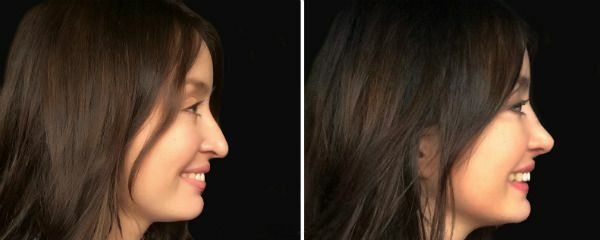
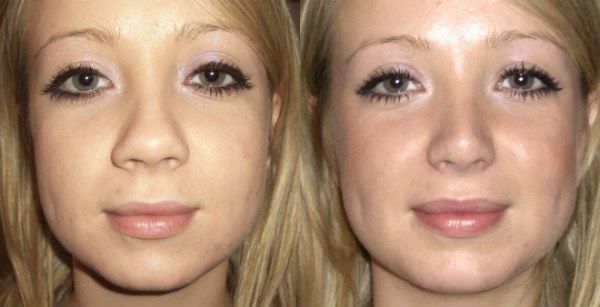
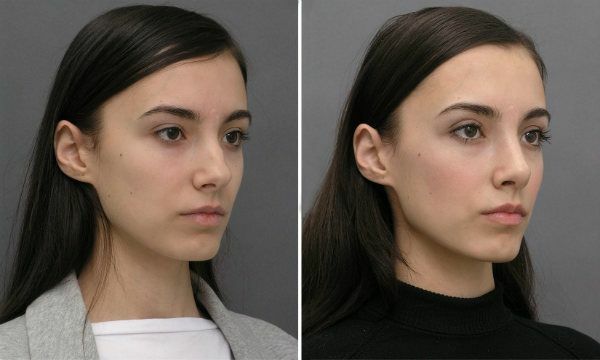
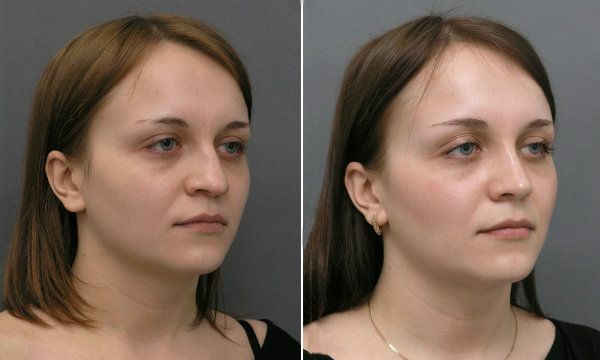
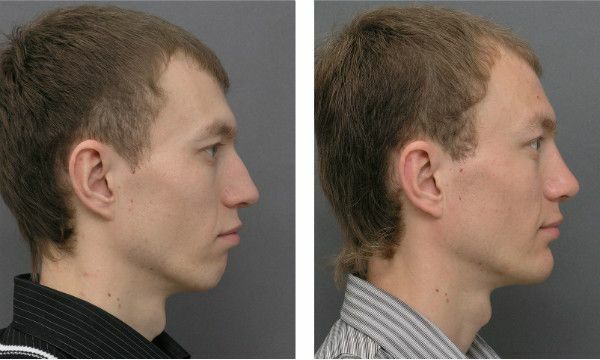
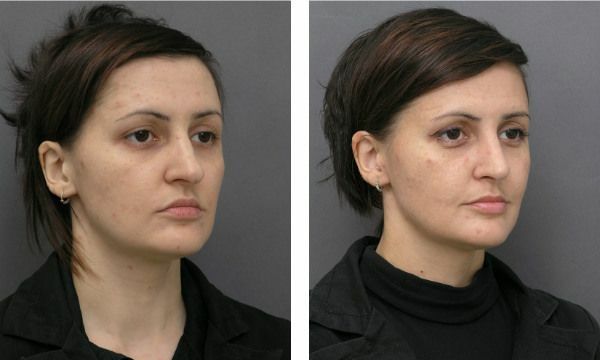
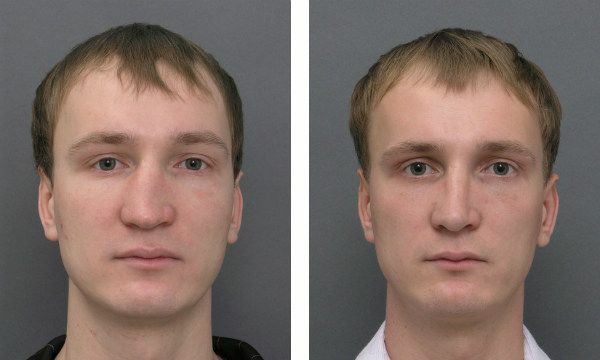
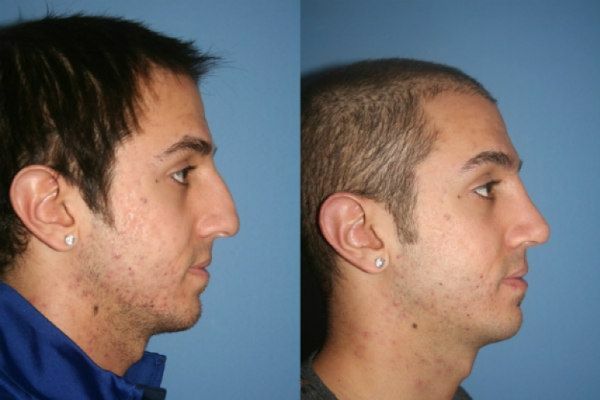

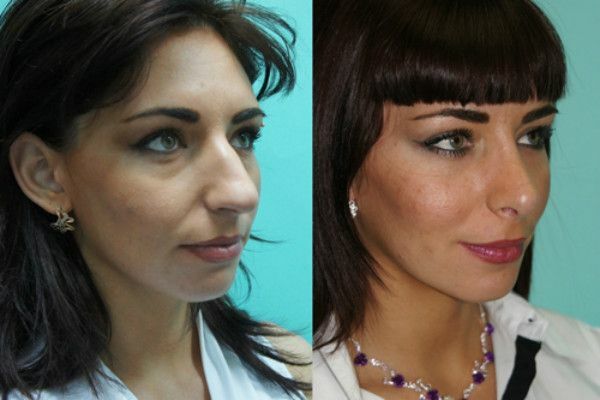
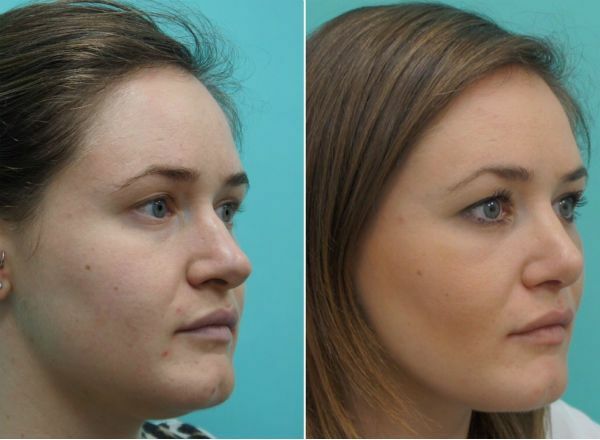
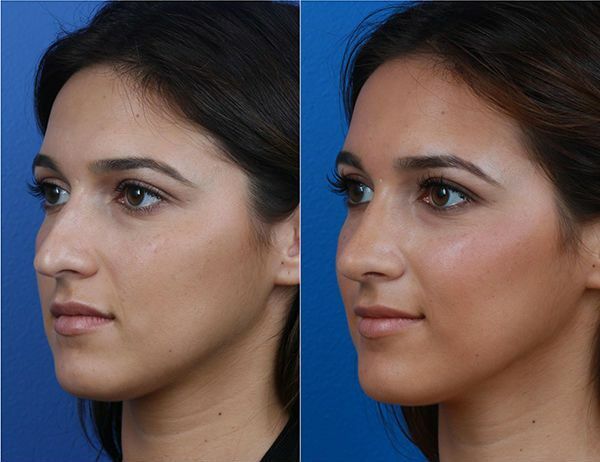
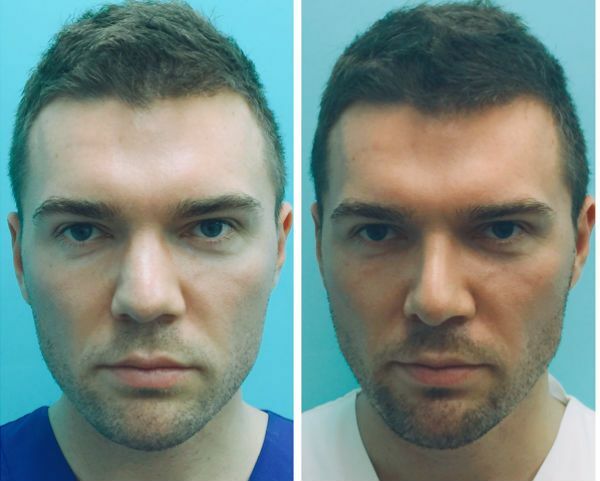
Types of
Nose correction is one of the most complex operations. Rhinoplasty is different in the types that determine the goals and the end result. It is worth to seriously approach rhinoplasty and study all the options in detail, because the effect will last a lifetime.
to the table of contents ^Rhinoplasty of the tip of the nose
Nose tip correction is the most popular and sought after form of rhinoplasty. It is easier to carry than full nose plastic.
Rhinoplasty of the tip of the nose is a very stretchable concept, including:
- raising the lowered tip;
- narrowing of the tip of the nose;
- changing the shape of the nostrils;
- correction of defects and consequences of the transferred injuries;
- correction of asymmetry of the tip of the nose;
- correction of curvature of the nasal septum;
- rhinoplasty of the forked tip of the nose;
- rhinoplasty of the long nose.
The result of non-surgical rhinoplasty of the nose is kept for a year.
to the table of contents ^Rhinoplasty of the nose with potato
The nose with a thickened rounded tip shape is called "potato".With age, the tip can begin to become wider, so many people want to adjust it.
The nose with potatoes is corrected by the operating and non-surgical method. Gel injections help to improve the appearance of the nose and smooth the irregularities, while the correction of the threads can slightly change its shape.
to table of contents ^Rhinoplasty of snub nose
A snub nose can be not only congenital, but also a consequence of fracture and unsuccessful rhinoplasty. This correction consists in aligning the back of the nose.
In some cases, snub-nosedness is not particularly pronounced, since the angle between the base of the nose and the lower lip( nasolabial angle) does not greatly exceed the norm. Normally, it should be within 90-120 degrees.
to contents ^Rhinoplasty of wide nose
The appearance of a wide nose is due to a number of reasons:
- features of the internal structure of the nose;
- suffered injuries;
- wide nostrils;
- wide tip of the nose;
- thick skin.
The wide nose is corrected only by the operating way. It is believed that this type of rhinoplasty is the most difficult. In some cases, a second operation is required to achieve the desired result.
As a rule, rhinoplasty of the wings of the nose is needed, but sometimes it is necessary to lift the bridge of the nose if the nose is flat. The rehabilitation period depends on the specific case and can be quite long.
to the table of contents ^Indications
There are many indications for rhinoplasty of the nose that fall into two types:
to the table of contents ^Straight
- nasal injuries( fractures, burns, frostbites and others);
- congenital and acquired defects;
- congenital internal disorders that impede the proper functioning of the respiratory system;
The success of the operation for any mechanical damage depends on the stage at which the procedure was performed. It is better not to delay and seek the advice of a specialist as early as possible.
With congenital internal disturbances that prevent free breathing, rhinoplasty can be vital. The decision is made in conjunction with the attending physician.
to table of contents ^Indirect
- aesthetic and cosmetic reasons;
- a hump on the nose;
- too wide or narrow nostrils;
- curvature of the nasal septum;
- changing the tip of the nose;
- narrowing of the back of the nose;
- change in the shape of the nose.
Contraindications
Before deciding on rhinoplasty of the nose, it is necessary to study all contraindications and without fail to consult a doctor. Only a specialist can establish whether rhinoplasty is acceptable or not.
All contraindications are divided into two types:
to table of contents ^Absolute
- low blood coagulability;
- diseases of the cardiovascular system( heart disease, coronary heart disease, hypertension, hypertension, cardiac rhythm disturbance and others);
- oncological diseases;
- diabetes mellitus;
- chronic liver and kidney disease( viral hepatitis, hepatitis B, hepatitis C, hepatitis D, cirrhosis and others);
- bronchial asthma, acute and chronic bronchitis;
- acute infectious diseases( tuberculosis, abscess, typhoid fever, meningitis, gonorrhea and others);
- diseases of the immune system( immunodeficiency, autoimmune, allergic);
- mental disorders;
- allergic reaction to anesthetics.
Relative
- age to 20 years, when the facial skeleton has not yet fully formed;
- age after 40 years, as a violation of regeneration begins, overall health decreases, the work and functioning of the whole organism worsens, which increases the risk of complications;
- pregnancy, breastfeeding, and the conception planning period;
- menstrual phase;
- acute respiratory infections;
- inflammation of the mucosa and sinuses;
- rhinitis;
- infectious and viral diseases in acute form during the operation and recently transferred;
- is a purulent-inflammatory disease of the skin.
